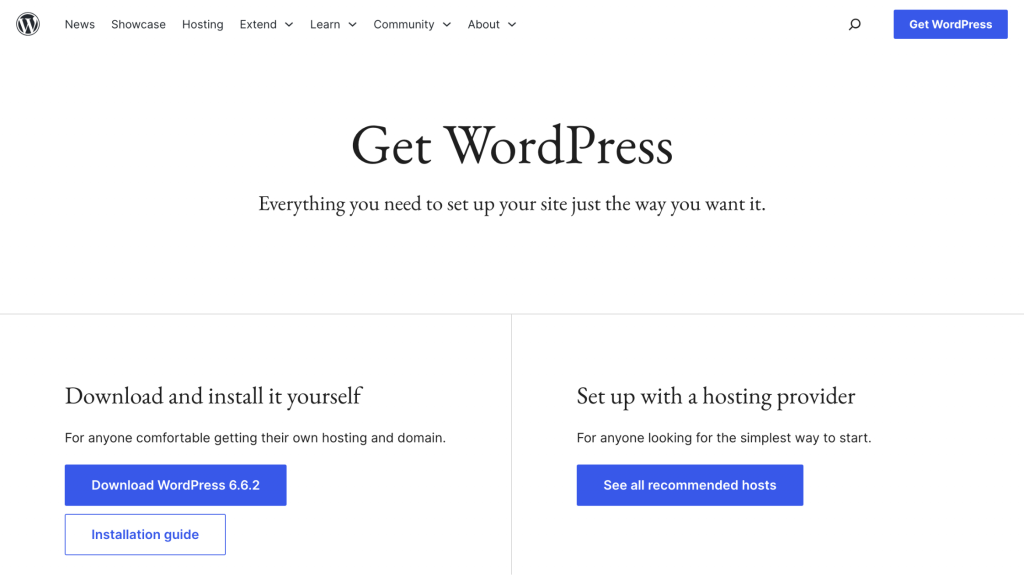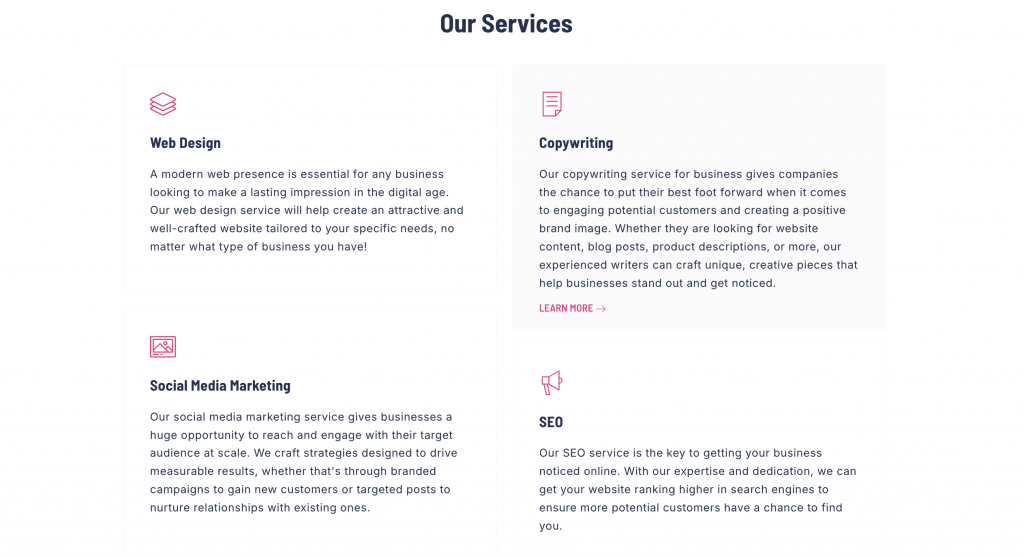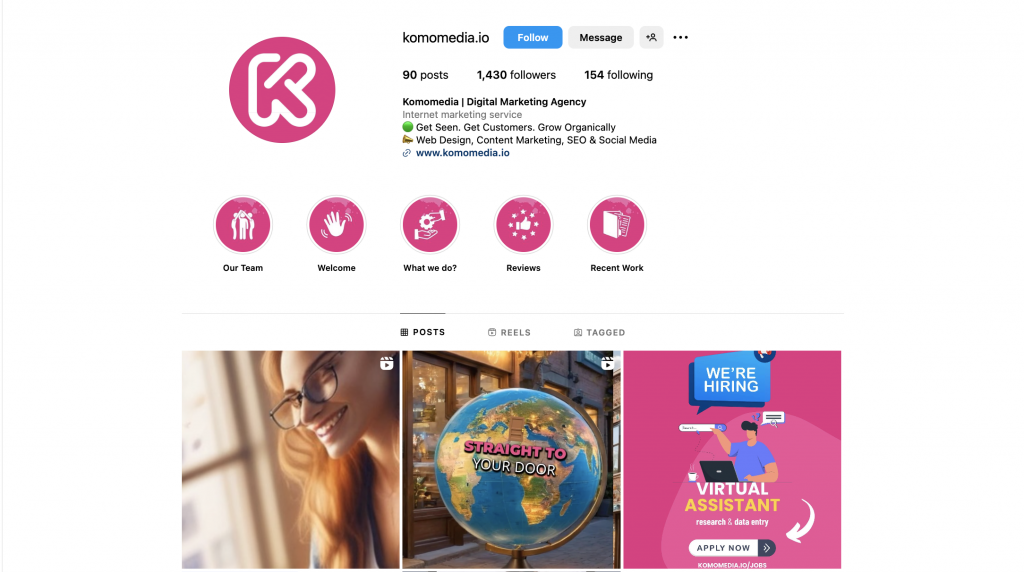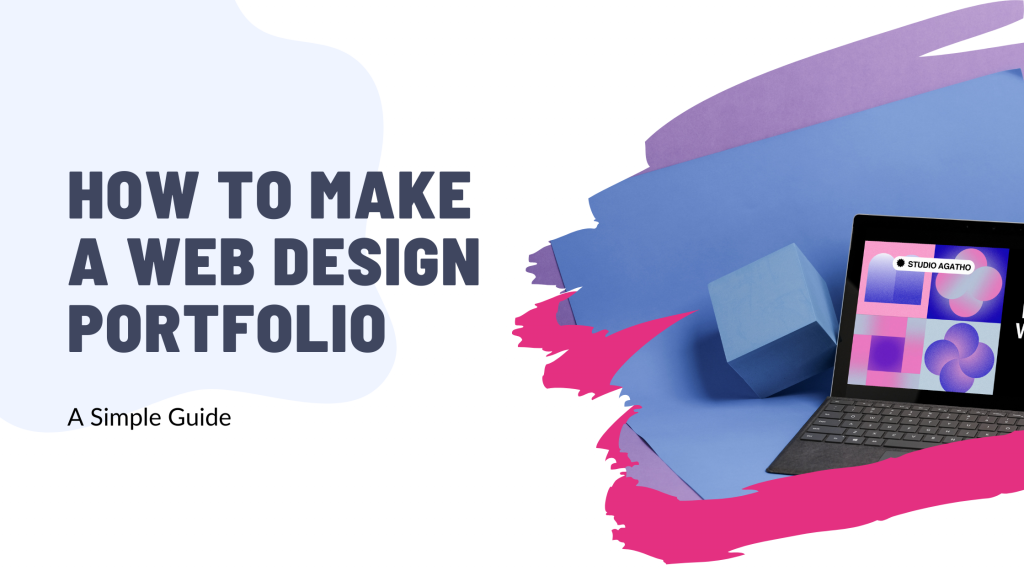Creating a web design portfolio is your golden ticket to showcasing your talent and landing the clients you deserve.
Imagine a sleek, stunning collection of your best work that not only highlights your skills but also tells your unique story as a designer.
Whether you’re just starting out or looking to revamp your existing portfolio, this guide is packed with practical tips and creative solutions to help you shine.
Ready to impress potential clients and stand out from the crowd? Let’s dive in and turn your portfolio into your most powerful marketing tool!

If you need help creating your website, don’t hesitate to contact us. Click here.
Planning Your Portfolio
Creating a web design portfolio is like crafting a visual resume that speaks volumes about your skills and creativity. It’s your chance to make a lasting impression on potential clients and employers. Defining your goals and choosing the right platform are crucial first steps in this journey.
Define Your Goals
Before you dive into designing, take a moment to determine what you want to showcase. Are you focusing on specific skills, past projects, or client testimonials? Knowing your objectives will guide your portfolio’s structure and content.
- Showcase Your Skills: Highlight the specific web design skills that set you apart. Whether it’s responsive design, UX/UI expertise, or proficiency with certain tools, make sure these are front and center.
- Past Projects: Select a variety of projects that demonstrate your versatility and depth. Include detailed descriptions to give context and explain your role in each project.
- Testimonials: Client testimonials can add credibility and build trust. Choose quotes that reflect your strengths and positive feedback.
Setting clear objectives for what you want to achieve with your portfolio will help you stay focused and ensure that every element serves a purpose.
Choose the Right Platform
The platform you choose for your portfolio can significantly impact its success. Here are some options to consider:

- WordPress: Known for its flexibility and customization options, WordPress is a popular choice among web designers. With plugins like Beaver Builder, you can create stunning, professional designs without extensive coding knowledge.
- Squarespace: If you’re looking for a user-friendly interface with beautiful templates, Squarespace might be the way to go. It’s great for those who want a quick setup without sacrificing aesthetics.
- Wix: Wix offers drag-and-drop functionality, making it easy to create a visually appealing portfolio. It’s ideal for beginners who want an intuitive design experience.
When choosing a platform, consider factors like ease of use, customization options, and scalability. WordPress paired with Beaver Builder is particularly beneficial for its flexibility and ability to grow with your needs.
By defining your goals and selecting the right platform, you’re laying a strong foundation for a web design portfolio that not only showcases your skills but also attracts and impresses potential clients.
Designing Your Portfolio
Now that you’ve set your goals and chosen the right platform, it’s time to focus on designing your portfolio.
A well-designed portfolio not only looks good but also works smoothly, making it easy for potential clients to see your best work.
Create a Clean and Professional Layout
The design of your portfolio should be simple, intuitive, and highlight your work effectively. Avoid clutter and focus on a clean layout that makes your work the star of the show.
Use whitespace effectively to give elements room to breathe. Ensure that visitors can easily navigate through your portfolio by using clear menus and a logical flow to guide them through your projects.
Fast loading times are crucial for keeping visitors engaged, so optimize images and use efficient coding practices to speed up your site.
With more people browsing on mobile devices, a responsive design is essential. Make sure your portfolio looks great and functions well on screens of all sizes.
Showcase Your Best Work
Your portfolio is a showcase of your skills and creativity, so make sure it reflects the best you have to offer. Select projects that best represent your skills and expertise, including a mix of work that shows your versatility and ability to tackle different types of challenges.
Use high-resolution images to give a clear, detailed view of your work; blurry or pixelated images can detract from the professionalism of your portfolio.
Accompany each project with a detailed description, explaining the project’s goals, your role in it, the tools you used, and any challenges you overcame.
This adds context and depth, making your work more compelling.
Include Strong Case Studies
Case studies are an excellent way to provide deeper insights into your work process and the impact of your designs.
For a few select projects, provide an in-depth case study, detailing the problem your client faced, the solution you designed, and the results achieved.
Include quotes from clients to add credibility; positive feedback can significantly enhance the trustworthiness of your portfolio.
Where possible, include data and statistics that demonstrate the success of your work—for example, “Redesigned the client’s website, resulting in a 40% increase in user engagement.”
Adding Essential Elements
To truly make your web design portfolio comprehensive and engaging, it’s essential to include key sections that provide a complete picture of who you are and what you offer.
These elements help to build trust and make it easy for potential clients to get in touch with you.
About Me/Us Section
The “About Me” or “About Us” section is your chance to connect with potential clients on a personal level. Write a compelling bio that highlights your background and experience.
Share your journey, what inspired you to become a web designer, and any major milestones in your career. Including professional headshots or team photos can add a personal touch and make you more relatable.
Don’t forget to share your design philosophy and approach. Are you a minimalist who believes in clean lines and simplicity? Or perhaps you thrive on bold colors and innovative layouts? Let your personality shine through.
Services Offered
Clearly listing the services you provide is crucial for setting expectations and attracting the right clients. Whether it’s web design, UX/UI design, or branding, describe each service in detail.

Explain what each service entails, how it benefits the client, and any unique processes you use. Highlight any unique selling points or specialized skills that set you apart from the competition.
For instance, if you have expertise in e-commerce platforms or accessibility design, make sure to mention it. This not only informs potential clients but also positions you as an expert in those areas.
Contact Information
Making it easy for potential clients to get in touch with you is key to converting interest into actual projects. Include a contact form on your portfolio page so visitors can quickly send inquiries without leaving your site.
Also, provide an email address and phone number for those who prefer direct communication. Don’t forget to add links to your social media profiles; platforms like LinkedIn, Twitter, and Instagram can offer additional ways for clients to connect with you and see more of your work.
Optimizing for SEO
To ensure that your web design portfolio reaches as many potential clients as possible, it’s crucial to optimize it for search engines. By implementing SEO best practices, you can improve your site’s visibility and attract more visitors.
Use Relevant Keywords
One of the most effective ways to optimize your portfolio is by using relevant keywords throughout your content. Begin by researching keywords related to web design services.
Tools like Google’s Keyword Planner or SEMrush can help you identify terms that potential clients are searching for. Focus on long-tail keywords, which are more specific phrases like “how to make a web design portfolio” or “best UX/UI design practices.”
These are often less competitive and can attract highly targeted traffic. Integrate these keywords naturally into your headings, descriptions, and project details without overstuffing, ensuring your content remains readable and engaging.
Regularly Update Content
Search engines favor websites that are regularly updated with fresh content. Keep your portfolio updated with recent work and new projects to show potential clients that you are active and current in the industry.
Adding blog posts or articles related to web design trends, tips, and case studies can also enhance your site’s SEO. This not only provides more opportunities to include relevant keywords but also positions you as a thought leader in web design.
Promoting Your Portfolio
Creating a stunning web design portfolio is just the first step; promoting it effectively is key to attracting potential clients and building your reputation.
Leveraging social media and networking with industry professionals can significantly boost your visibility and opportunities.
Leverage Social Media
Social media platforms are powerful tools for showcasing your portfolio to a broader audience. Share your work on popular platforms like LinkedIn, Twitter, and Instagram to reach potential clients and industry peers.

On LinkedIn, you can highlight individual projects, share blog posts related to web design, and engage with professionals in your field.
Twitter is excellent for quick updates, sharing tips, and joining industry conversations through hashtags like #WebDesign and #UXUI.
Instagram, with its visual focus, is perfect for displaying your design work through high-quality images and short videos.
Joining web design groups and communities on these platforms can also increase your visibility.
Participate in discussions, offer advice, and share your expertise to establish yourself as a knowledgeable and approachable professional.
This not only helps in gaining followers but can also lead to referrals and collaboration opportunities.
Network with Industry Professionals
Networking is an invaluable part of promoting your portfolio. Attend industry events, webinars, and meetups to connect with other professionals in the field.
These events provide opportunities to learn about the latest trends, share your work, and build relationships that can lead to future projects or collaborations.
Collaborating with other designers and agencies for cross-promotion can also be highly beneficial. Partner with complementary professionals like graphic designers, developers, or marketing agencies to reach their audiences as well.
For example, you could guest blog on each other’s websites, feature each other’s work on social media, or even collaborate on joint projects.

If you need help creating your website, don’t hesitate to contact us. Click here.
Conclusion
Creating a web design portfolio that truly showcases your skills involves careful planning, thoughtful design, and effective promotion. By defining clear goals, choosing the right platform, and focusing on a clean, professional layout, you lay the foundation for success.
Showcasing your best work with high-quality images and detailed descriptions, including strong case studies, and optimizing for SEO will help your portfolio stand out. Promoting your portfolio through social media and networking ensures it reaches the right audience.
If you need any assistance with implementing these strategies or have any questions, feel free to reach out via our contact form, or connect with us on Instagram or Facebook. We’re here to help you create a portfolio that truly reflects your expertise and attracts the clients you deserve.

